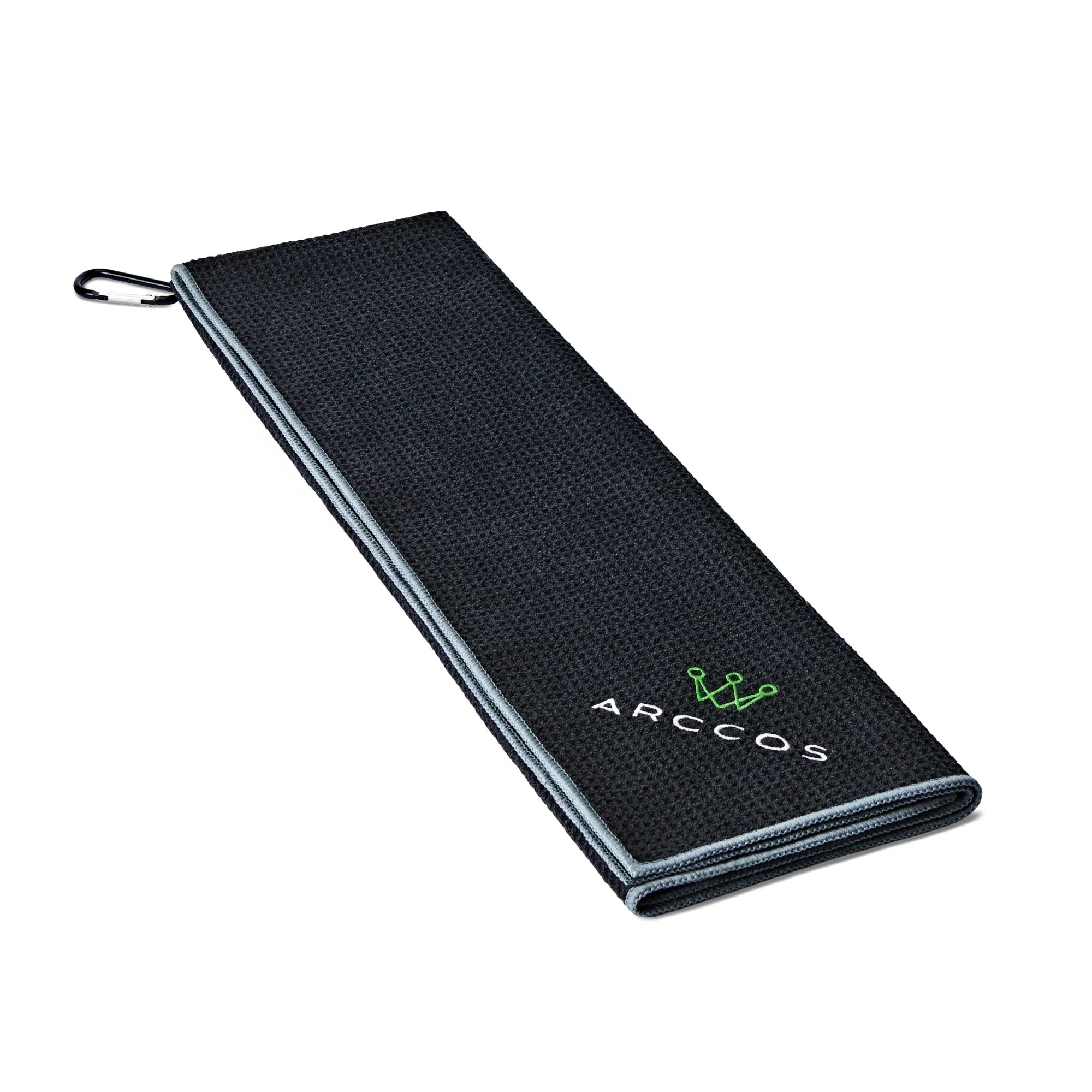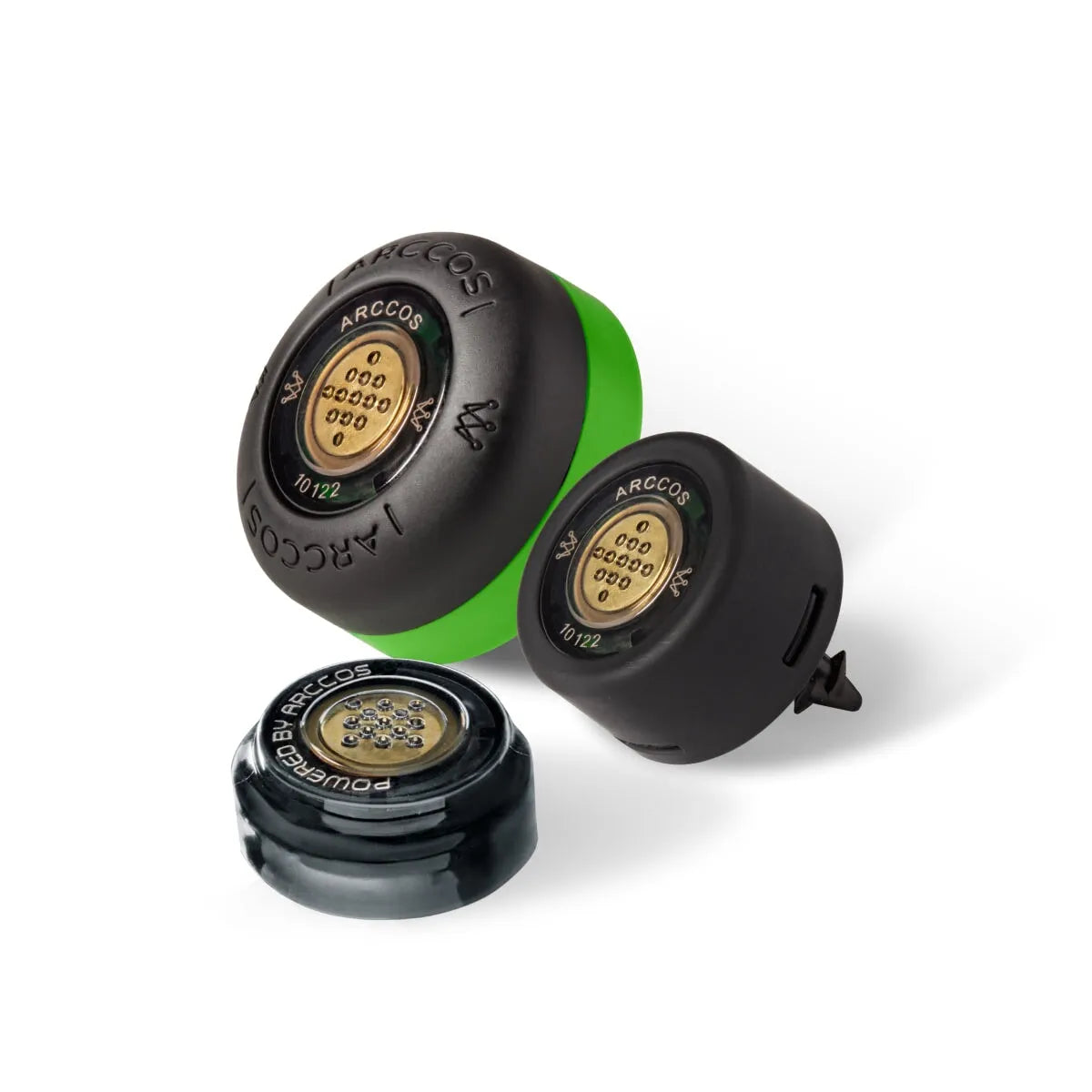
Meet Michael Hutchinson, the golfer whose journey from a 10 handicap to a remarkable 1 in less than two years has turned heads across the golfing community. Beyond his impressive on-course improvement, Hutchinson's passion for data and golf has led him to a new role as Senior Director of Data Science at Arccos.
In his quest to merge his passions, Hutchinson (Hutch) is helping the development of cutting-edge tools at Arccos, aimed at helping golfers, like himself, improve faster than ever before.
Follow him on X for captivating insights, data dives, and intriguing golf stories. To help kick off his exploration, Hutch dives into the hundreds of millions of shots and data points captured by Arccos, to uncover the secrets behind the journey of 5+ handicaps who have achieved becoming scratch players.
Over to Hutch…
…There was a bit of discussion in a @ryanmouquegolf thread about where players who are trying to get to scratch should focus the bulk of their time, so I decided to crack into the @ArccosGolf database and look at players who had gone from 5 handicaps or above to scratch.
I ended up looking at this a few ways, but if you just want the tl;dr, it's this... as a group, the golfers who got to scratch had the most improvement in Approach play, followed by Driving and Short game, followed distantly by Putting.
For those who want to stick around, let's dive into the analysis itself.
I prefer a small dataset of heavily vetted data to a larger sample size where I'm less certain of the quality. For this reason, I was very strict with my filters.
I took only users who:
1/ Started with USGA handicaps of between 5 and 10.
2/ Reached scratch or better in a period that took longer than 6 months.
3/ Had over 50 quality rounds tracked in Arccos over the time it took to get to scratch.
Adding a few other outlier removal filters left me with a tightly selected group of 14 golfers.
(Note: this could have been a larger list, but I felt it was important to only select golfers with integrated GHIN data and a lot of quality rounds logged in Arccos).
A couple of high-level data points on this cohort of golfers:
Avg. Starting HCP – 6.1
Avg. Months to Get to Scratch – 26
Avg. Rounds (logged) to Get to Scratch – 143
Remember that we're looking here at a subset of golfers with the most impressive improvement journeys out of a database with over 17M rounds.
Granted, we're being very selective, but this should give you a sense of just how difficult it is to go from low single figures to scratch.
That doesn't mean it's hopeless though! As you'll see, we're not talking massive leaps in skill. We're talking gradual, incremental gains.
The next step was to examine these golfers individually. In general, if you just plot the raw "Strokes Gained vs 0 Hcp" values for each round by facet (Drive, Approach, Short, Putt), you end up with something like this:

At first glance it's difficult to discern any patterns, and from the perspective of the golfer, that's probably how it feels from round to round. It's not until you look at a moving average and fit a trend line to the data that the improvement starts to pop out.

As we can see, there are impressive linear trends showing up here, but it's not a story of day-to-day linear progress. It's filled with peaks and valleys, and looks a bit like the stock market. Lots of noise from one day to the next, but if you take the 50k foot view, you see the incremental gains.
This is what progress in golf looks like. It's a story of hard-won marginal improvements that add up over time.
In order to quantify this improvement and look for patterns of where these golfers improved the most, we can "fit a line" to each Strokes Gained category for each golfer in our dataset. If you remember your algebra, you may remember that we can describe these lines by the formula Y = mx + b, where m is the Slope of the line -- effectively the rate of change over time in this case. The steeper the line, the greater the rate of change.
NOTE FOR DATA FOLKS: We can question whether the regression should be linear or logarithmic given that there tends to be a performance ceiling, and the better you get in a particular category, the more difficult it becomes to find areas for improvement. That said, having reviewed the trends and wanting to make this analysis as accessible as possible, I decided to stick with linear regression.
After running the regression for each golfer/facet, I took the slopes and normalized to a 365-day view, which gives you a sense of how much these golfers improved in each category over a year.

If we want to look at this on average, this cohort of golfers improved 2.5 strokes each year. That 2.5 strokes is composed of:
Drive: 0.81 Strokes
Approach: 1.02 Strokes
Short: 0.42 Strokes
Putt: 0.25 Strokes
Or, if we wanted to think of these as % contributions, we'd get:
Drive: 32.4%
Approach: 40.8%
Short: 16.8%
Putt: 10%
We have to be a bit careful drawing any conclusions from that kind of aggregation though as individual golfers can have disproportionate impacts on the total (e.g. Golfer 8's driving improvements are a big part of why the Driving % contribution is so high.)
We can also calculate the % contributions for each golfer individually, and then average those. That becomes a bit questionable as we have to make choices on how to deal with the negative SG values where golfers performed worse in some categories, but if we simply zero those out and only focus on the areas of improvement, we end up with:
Drive: 23%
Approach: 36%
Short: 25%
Putt: 16%
I also did a simpler version of this analysis by taking 20 rounds from when they were in the > 5 Hcp range, and 20 from when they achieved scratch and ended up with similar results. Driving and Short game can flip depending on the methodology, but in every way I diced it, Approach improvements came out on top.
Simply put, if you want to get to scratch, you need a strong approach game. This also fits with my own experience. I intentionally didn't look to see if I made this group until after the analysis as I didn't want to bias the methodology, but I did check after the fact and found that in the table above, I'm Golfer 1.
Approach play is easily the area where I've made the most progress, and if I had to credit that to two things, they'd be:
1/ I learned to strike the ball better (low-point control improved dramatically)
2/ I stopped firing at pins and learned to play to smarter targets.
While looking at these trends in aggregate can yield some thought-provoking insights, I find it more interesting and instructive to look at these on a case-by-case basis. Take, for example, Golfer 8, who saw massive improvements across the board, but especially off the tee. What did they do to make such impressive gains?
I plan to dig into examples like Golfer 8 in a follow-up post and see what else we can learn, but for now, I think the big takeaway is this... if you're on a similar journey, don't expect that you're going to see massive progress overnight. You're going to be fighting for a quarter of a stroke at a time, and those gains aren't going to show up in every round. Take the 50k foot view, work consistently toward your goals, and as the late great Carl Weathers said in his interview with Chasing Scratch, "go after it with as much love and energy and as much passion as you have."






Share:
Arccos Signs Leading Content Creator, Grant Horvat, as Brand Ambassador
Arccos Partners with Edoardo Molinari to Launch Arccos Pro Insights